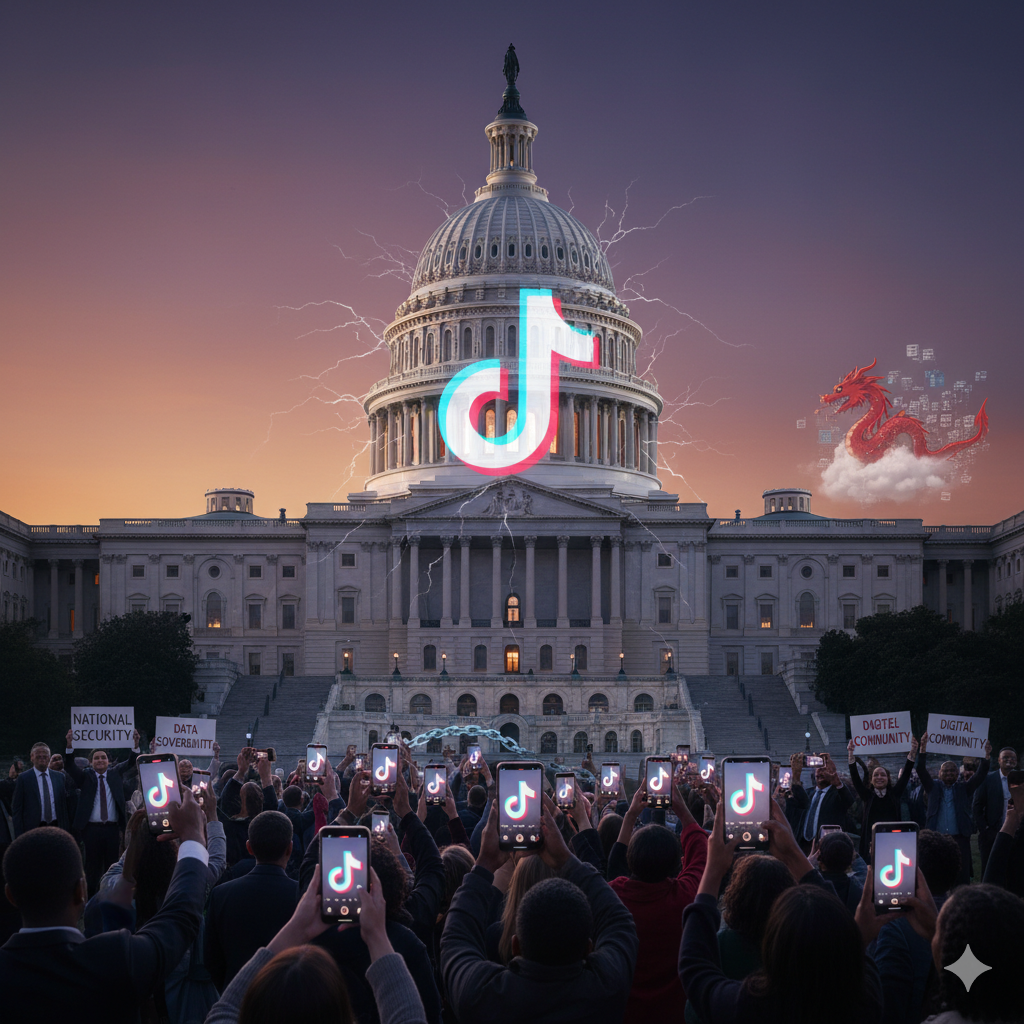The Making of a Verb
In the lexicon of American politics, few eponyms carry the weight of the verb “to bork.” Its definition is stark: “to obstruct (someone, especially a candidate for public office) by systematically defaming or vilifying them”. More pointedly, it means “to viciously attack a presidential nominee, blackening his name in an all-out effort to defeat his confirmation by the senate”. The term’s origin lies in the tumultuous 1987 confirmation battle over President Ronald Reagan’s nomination of Judge Robert Heron Bork to the United States Supreme Court. The fact that a man’s name became synonymous with a new and particularly ferocious form of political destruction signals a phenomenon that transcends a single failed appointment. The story of Robert Bork’s nomination is not merely a historical footnote; it is the story of a flashpoint—a moment when decades of simmering legal and political conflict over the role of the judiciary in American life erupted, irrevocably altering the landscape of judicial politics.
The creation of a new word suggests that existing language was insufficient to capture the nature of the event. Nominees had been rejected before on grounds of ethics, cronyism, or ideology. What happened to Robert Bork, however, was perceived as fundamentally different. It was not just a rejection; it was a new method of rejection, one characterized by an unprecedented fusion of interest group mobilization, sophisticated media campaigns, and a public trial of a nominee’s entire intellectual framework. The verb “to bork,” therefore, signifies more than defeat; it signifies defeat through a modern, public, and ideologically charged campaign of a type and intensity not seen before.
This report seeks to answer the central question arising from this etymology: How did a jurist with impeccable professional credentials—a former Yale Law professor, Solicitor General of the United States, and sitting judge on the powerful D.C. Circuit Court of Appeals, widely considered one of the most qualified nominees in decades—become the target of such a successful and transformative opposition that his name entered the dictionary as a synonym for political annihilation?. To understand this event is to dissect the career of the man himself, the revolutionary and polarizing nature of his legal philosophy, the high-stakes political context of the 1987 Supreme Court vacancy, and the profound, lasting consequences of his defeat. It is a story of a man, his ideas, and the political firestorm they ignited, a firestorm that continues to shape the American judiciary today.
(more…)


